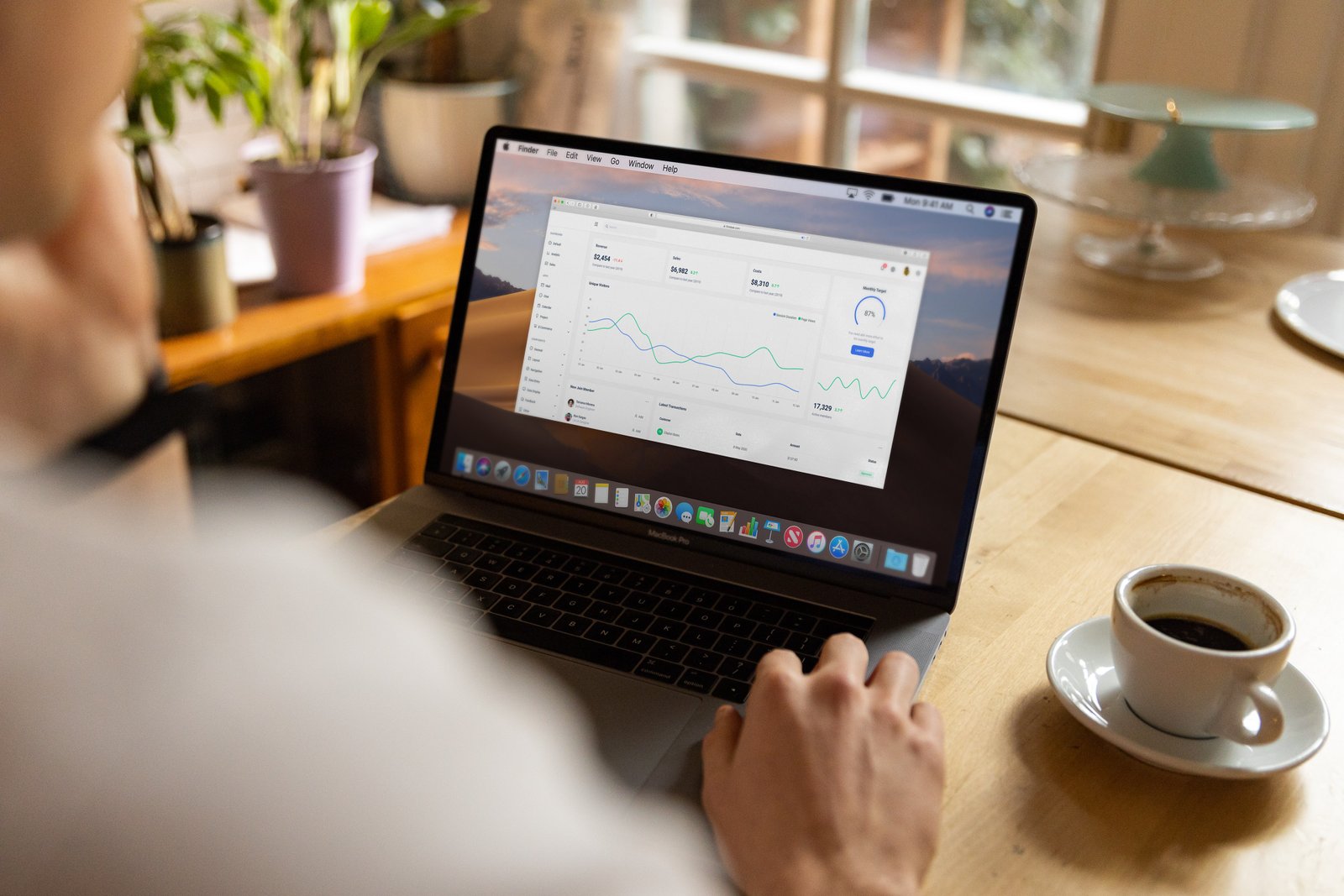


Backlinks remain one of the most important ranking factors for SEO in 2023. Monitoring and tracking your backlinks should be a key part of your overall SEO strategy.
In this comprehensive guide, we'll cover everything you need to know about backlinks monitoring, from why it's important to the best tools and strategies to use.
Backlinks signal to Google that other websites find your content valuable and relevant. The more high-quality backlinks you have pointing to your site, the more authority and trust you build in the eyes of search engines.
This can lead to higher rankings for your target keywords. However, not all backlinks are created equal. Low-quality backlinks from spammy or irrelevant sites can actually harm your site's ranking.
Google's algorithms are very sophisticated at detecting and filtering out manipulative linking practices.
This is why proactively monitoring and tracking your backlinks is so important:
Follow these best practices to get the most out of your backlink monitoring efforts:
Set up backlink tracking early - Don't wait until after you've launched a website to start monitoring backlinks. Use a tool like <da checker> from the beginning so you have historical data right away.
Automate where possible - Many backlink tracking tools offer alerts and scheduled reports to update you on the latest links pointing to your site. Take advantage of these features.
Check regularly - Make backlink tracking part of your regular SEO tasks. Aim to check your latest links at least once a week.
Evaluate context - When you spot a new link, dig deeper to understand the context around it. What anchor text is being used? Is it in a relevant, quality article that could bring targeted traffic?
Take action - Don't just monitor, react. Reach out to quality sites to build relationships. Disavow clearly manipulative links. Update old content and reach out to refresh outdated links.
Focus on competitors - Keep an eye on the backlink profiles of competitor sites in your space. Look for creative link-building tactics you can replicate.
Integrate with other tools - Use ranking tracking and website analytics software to correlate your backlink gains with movements in organic traffic and conversions.
Leverage for outreach - Find relevant websites to reach out to by identifying pages linking to competitors but not you. Pitch yourself as an alternative.
![]()
Now let's look at some of the best backlink tracking and monitoring tools available today. We'll briefly summarize what each tool offers.
SEOToolsPark DA checker is arguably the most powerful backlink tracking tool available. Key features include:
In addition to backlink tracking, da checker also provides rank tracking, site audit checks, and more making it a robust all-in-one SEO platform.
Ahrefs is another very popular backlink analysis tool. Some of its capabilities include:
The main downside of Ahrefs is its cost. It's one of the most expensive tools although they do offer a 7-day $7 trial.
SEMrush is best known for its keyword research but it also provides backlink tracking and analysis features similar to Ahrefs. You can see full backlink data, filter links by quality, assess anchor text usage, and more.
Competitive link analysis is a key strength allowing you to uncover link-building opportunities based on what pages your competitors are ranking for. SEMrush is cheaper than Ahrefs but still fairly expensive, especially for solo freelancers and small agencies.
Majestic is focused 100% on backlink intelligence. It offers standard backlink tracking and filtering options plus some unique features like:
The interface and presentations are a bit dated but Majestic still offers enterprise-level backlink data for a reasonable price.
Linkody positions itself as an all-in-one backlink tracking and link-building software. Along with standard backlink tracking and monitoring, Linkody provides unique features like:
If you're focused on active link-building outreach, Linkody aims to streamline the entire process in one platform. It's relatively affordable and offers a free trial.
CognitiveSEO is a slightly more basic backlink tracking tool but provides excellent functionality for free or at a low cost. With the free version, you get:
For $15/month the paid version unlocks more competitive data, weekly PDF reports, filters for link valuation and outreach, and other advanced functionality.
Moz offers its classic Open Site Explorer for backlink analysis and tracking. You get access to top pages and domains linking to any site, basic link metrics, and the ability to export data for further analysis.
Moz is better known for its keyword research and site audit tools. For large-scale backlink data, Moz Link Explorer provides more robust enterprise-level analysis but requires a custom quote starting at several hundred dollars per month.
Google Search Console (GSC) offers limited backlink tracking capabilities for free. Connect your site to GSC and you can see:
GSC should be part of any monitoring stack as Google's own tool. But the data is fairly basic so it's best complemented by advanced paid tools like the others on this list.

Here are some tips for choosing the right backlink tracking tool for your specific needs:
Now that we've covered the top backlink tracking tools, let's look at some key strategies and best practices for monitoring your links:
Google Alerts are free and provide an easy way to monitor brand mentions and links. Set up alerts for your company name, brand keywords, and competitors. Review results daily or weekly.
Use a rank tracker like SEToolsPark DA Checker to see how your link-building efforts are impacting organic rankings. prioritize links correlating with ranking gains.
Leverage automation in your chosen tools for scheduled reports and email alerts on new links. This saves time manually checking all the time.
Look at link growth rates over time. Spikes may indicate an unnatural link scheme. Steady, gradual growth looks more natural.
Use metrics like domain authority, trust flow, etc. to evaluate overall link profile strength and watch for improvements or drops.
Check that links use varied natural anchor text, not just keyword-rich phrases. Unnatural anchor text profiles risk Google penalties.
Prioritize links from content within website headers and sidebars over buried, deep-page links. Header/sidebar links pass more authority.
If you land a great new link, make sure to manually submit and tag it in your backlink tracking system like <da checker> so it's on your radar.
Most tools allow you to tag or group links by type like editorial links, sponsored posts, etc. Analyze link and domain ratios.
Use your tool's filters to routinely isolate unnatural and low-quality links. Disavow these to protect your site.
A) Backlink monitoring refers to the practice of tracking inbound links pointing from other websites to your site. It provides visibility into who links to you, the anchor text they use, link quality, etc.
A) Backlink monitoring allows you to assess the value of links earned, identify negative SEO attacks, uncover link-building opportunities, and understand how your link profile impacts search rankings.
A) Ideally, backlinks should be monitored on an ongoing basis through automated alerts and reports. At a minimum, aim to check your new links at least once a week.
A) Quality backlinks come from relevant sites with high domain authority and trust metrics. They use varied natural anchor text in editorial content contexts.
A) Examples of bad links to monitor include paid links, over-optimized anchor text links, links from low-quality sites, and links intended to manipulate PageRank flow.
Disavowing should only be done on clearly manipulative, toxic links harming your site.
Monitoring and tracking your backlinks needs to be an essential part of your ongoing SEO strategy. With this guide, you now understand why proactive backlink tracking is so crucial and have an overview of the top tools available.
The most important next step is selecting a backlink tracking platform that fits your budget and needs. DA Checker, Ahrefs, and Majestic are all powerful options at different price points.
Then develop the habit of checking your latest backlinks at least weekly using automated reporting where possible. Analyze link quality, watch for competitors gaining traction, identify harmful links to disavow, and uncover new link-building opportunities.
Consistent, rigorous backlink monitoring pays dividends in the form of higher rankings, more referral traffic, and greater brand visibility. Don't leave it as an afterthought - make backlink tracking a top priority today using a tool like DA Checker.